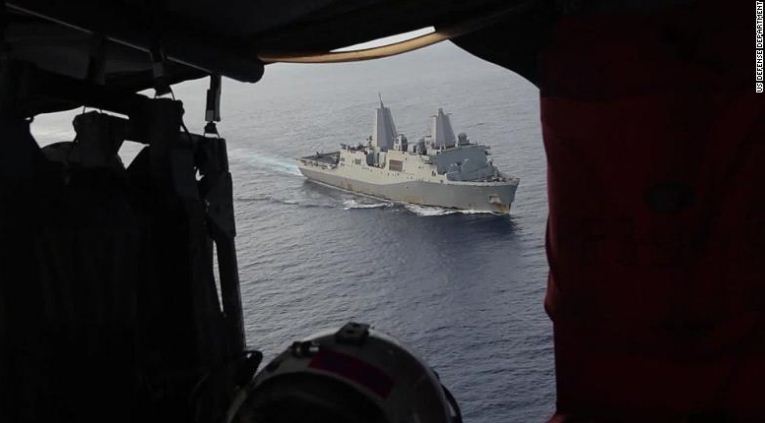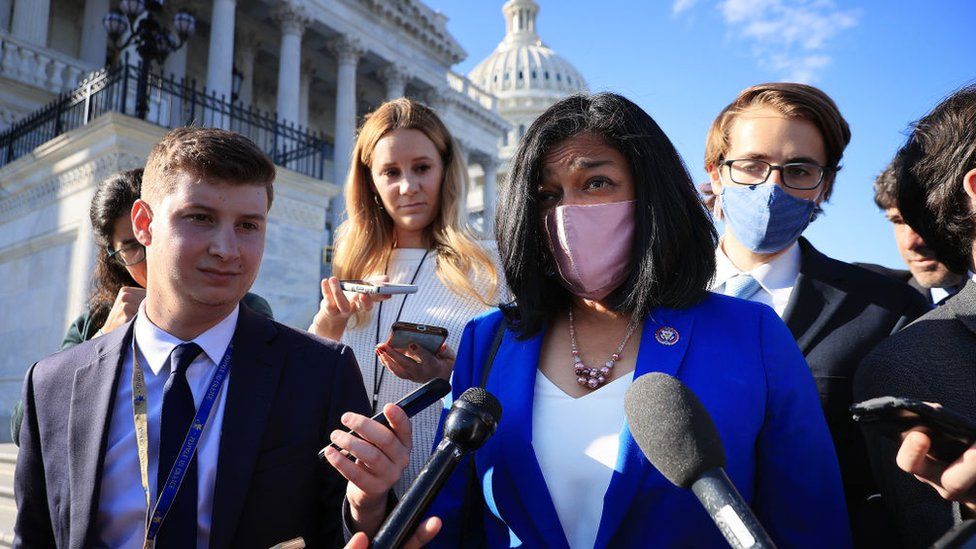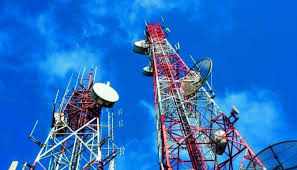China says US U-2 spy plane disrupted its military exercises
- Posted By: Studio
- International
- Updated: 29 April, 2024 16:24
- 427

Beijing has accused the US of sending a U-2 spy plane into a no-fly zone to "trespass" on live-fire exercises being conducted by China below.
The high-altitude US reconnaissance craft went into airspace Beijing deemed off limits during drills by the People's Liberation Army's Northern Theater Command on Tuesday, Wu Qian, a spokesperson for the Chinese Defense Ministry, said in a statement.
"The trespass severely affected China's normal exercises and training activities, and violated the rules of behavior for air and maritime safety between China and the United States, as well as relevant international practices," Wu said.
"The US action could easily have resulted in misjudgments and even accidents."
Two exercises were underway Tuesday in Northern Theater Command, according to Chinese state media.
A statement from US Pacific Air Forces to CNN confirmed a U-2 flight -- but said it did not violate any rules.
"A U-2 sortie was conducted in the Indo-Pacific area of operations and within the accepted international rules and regulations governing aircraft flights. Pacific Air Forces personnel will continue to fly and operate anywhere international law allows, at the time and tempo of our choosing," the statement said.
Military analyst Carl Schuster, a former director of operations at the US Pacific Command's Joint Intelligence Center, expressed doubt about Beijing's claims.
"Flying over rarely -- if ever -- happens anymore," he said, adding the US spy plane's equipment is so sophisticated that it didn't need to get so close to monitor the Chinese exercises.
A Cold War aircraft updated
The unarmed U-2 is one of the oldest aircraft in the US inventory. The first model, developed to monitor the military buildup of the Soviet Union early in the Cold War, flew in the 1950s. Those early models flew at 70,000 feet to stay out of range of antiaircraft missiles.
But while height was the U-2's early advantage, it has received substantial upgrades in the decades since to keep its distance too.
"U-2s have long-distance surveillance systems now. So, they can monitor and image from dozens of miles away. They have electronic and long-range infrared and electro-optical sensors," Schuster said.
He said Beijing is focusing on the U-2's history to try to make a political point.
"The Chinese are using the traditional view of U-2s as overhead imagery platforms to present a picture of dangerous penetration of a closed exercise air space," Schuster said. "The Chinese couldn't intercept and shoulder the U-2 away, but they resent any collection of their exercise activities."
China launched three military exercise on Monday alone in Pacific waters, from the South China Sea in the south to the Bohai Sea in the north. Meanwhile, another exercise was finishing Wednesday in the Yellow Sea, according to a report from the state-run China Daily.
"The past month has seen more military exercises conducted by the PLA than any previous month in many years," China Daily reported, citing Li Jie, a retired researcher at the PLA Naval Research Academy.
The US, meanwhile, has been stepping up its own military activities around the Pacific.
Secretary of Defense Mark Esper said in July that US Navy freedom of navigation operations, in which US warships sail close to contested islands occupied by China, were at record levels last year -- and that pace would continue in 2020.
US Air Force deploys bombers
Esper's statement came after the US Navy staged exercises involving two aircraft carrier strike groups in the South China Sea, the first time it had done so in six years.
The US Air Force has been active around the Indo-Pacific too, recently sending three of its B-2 stealth bombers to an island base at Diego Garcia in the Indian Ocean, as well as B-1 bombers to Andersen Air Force Base in Guam.
On August 17, the US Pacific Air Forces touted the fact that B-1s, B-2s, plus US Navy and Marine Corps fighters and jets from the Japan Air Self Defense Force were all engaged in exercises in the Indo-Pacific in a single 24-hour period.
"These missions show the ability of Air Force Global Strike Command to deliver lethal, ready, long-range strike options to geographic combatant commanders anytime, anywhere," a statement from Pacific Air Forces said.
China says US air activity over the South China Sea in particular has been significant.
In an interview with the state-run Xinhua news agency in early August, Chinese Foreign Minister Wang Yi accused Washington of sending 2,000 military flights over the South China Sea in the first half of this year. That would be a rate of almost 11 a day.
US officials would not confirm those numbers.
"There has been no significant change to our military operations in or around the South China Sea," Maj. Randy Ready, spokesman for the US Indo-Pacific Command, said. "Though the frequency and scope of our operations vary based on the current operating environment, the US has a persistent military presence and routinely operates throughout the Indo-Pacific, including the waters and airspace surrounding the South China Sea, just as we have for more than a century."
Tensions have also been increasing on the subject of Taiwan. In August, US Health and Human Services Secretary Alex Azar visited Taipei -- the highest-ranking US official to go there in decades -- and the sale of 66 US F-16 fighter jets to the self-governing island was finalized.
During Azar's visit, the PLA sent fighter jets across the median line of the Taiwan Strait that separates Taiwan from the mainland -- only the third time it has purposely done so since 1999.
US 'accelerating' defense strategy
This week, Esper penned an opinion piece in the Wall Street Journal saying the US was "accelerating" its National Defense Strategy (NDS).
"The NDS guides our efforts to adapt and modernize America's armed forces for great-power competition, with China being our principal focus," Esper wrote.
The US defense chief said the PLA was a tool of the Chinese Communist Party.
"China's leaders view the military as central to achieving their objectives. Prominent among these is to reshape the international order in ways that undermine globally accepted rules while normalizing authoritarianism, creating conditions to allow the Chinese Communist Party to coerce other countries and impede their sovereignty," Esper wrote.
He said he was coming to the Pacific this week to meet with leaders from the region, with stops in Hawaii, Palau and Guam.
Esper's stop in Hawaii will come as the US wraps up biennial RIMPAC exercises in Hawaii. Usually the world's largest naval exercises, they have been scaled back this year due to the Covid-19 pandemic, with only 10 nations participating.












Comments